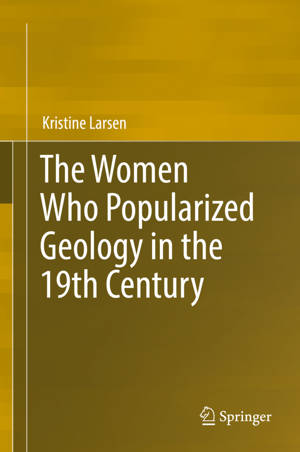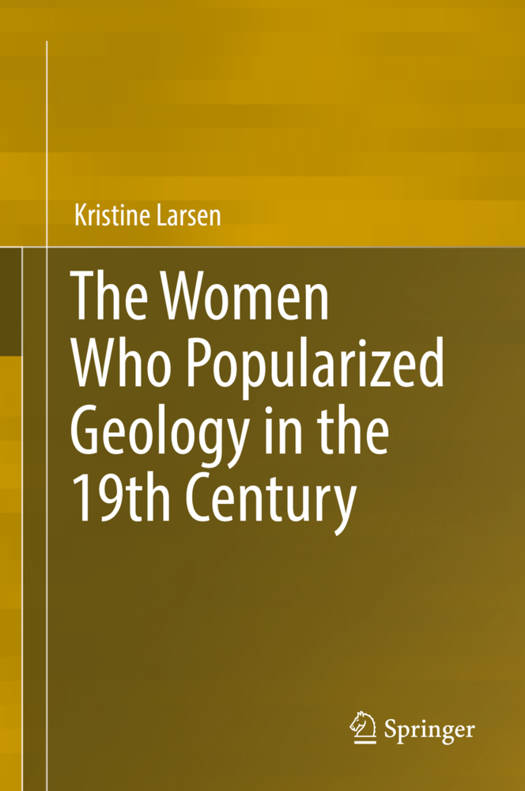
- Afhalen na 1 uur in een winkel met voorraad
- Gratis thuislevering in België vanaf € 30
- Ruim aanbod met 7 miljoen producten
- Afhalen na 1 uur in een winkel met voorraad
- Gratis thuislevering in België vanaf € 30
- Ruim aanbod met 7 miljoen producten
Zoeken
€ 125,95
+ 251 punten
Uitvoering
Omschrijving
The female authors highlighted in this monograph represent a special breed of science writer, women who not only synthesized the science of their day (often drawing upon their own direct experience in the laboratory, field, classroom, and/or public lecture hall), but used their works to simultaneously educate, entertain, and, in many cases, evangelize. Women played a central role in the popularization of science in the 19th century, as penning such works (written for an audience of other women and children) was considered proper "women's work." Many of these writers excelled in a particular literary technique known as the "familiar format," in which science is described in the form of a conversation between characters, especially women and children. However, the biological sciences were considered more "feminine" than the natural sciences (such as astronomy and physics), hence the number of geological "conversations" was limited. This, in turn, makes the few that were completed all the more crucial to analyze.
Specificaties
Betrokkenen
- Auteur(s):
- Uitgeverij:
Inhoud
- Aantal bladzijden:
- 216
- Taal:
- Engels
Eigenschappen
- Productcode (EAN):
- 9783319649511
- Verschijningsdatum:
- 23/10/2017
- Uitvoering:
- Hardcover
- Formaat:
- Genaaid
- Afmetingen:
- 156 mm x 234 mm
- Gewicht:
- 494 g

Alleen bij Standaard Boekhandel
+ 251 punten op je klantenkaart van Standaard Boekhandel
Beoordelingen
We publiceren alleen reviews die voldoen aan de voorwaarden voor reviews. Bekijk onze voorwaarden voor reviews.








